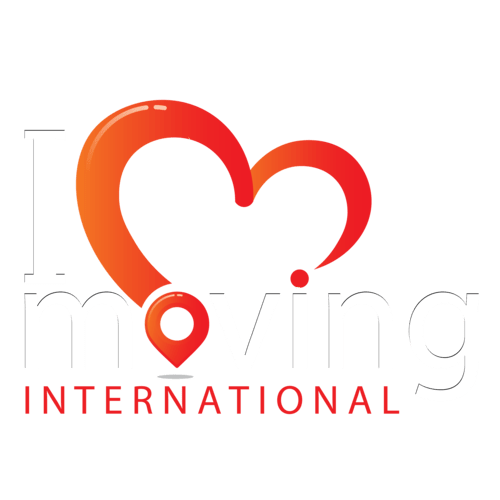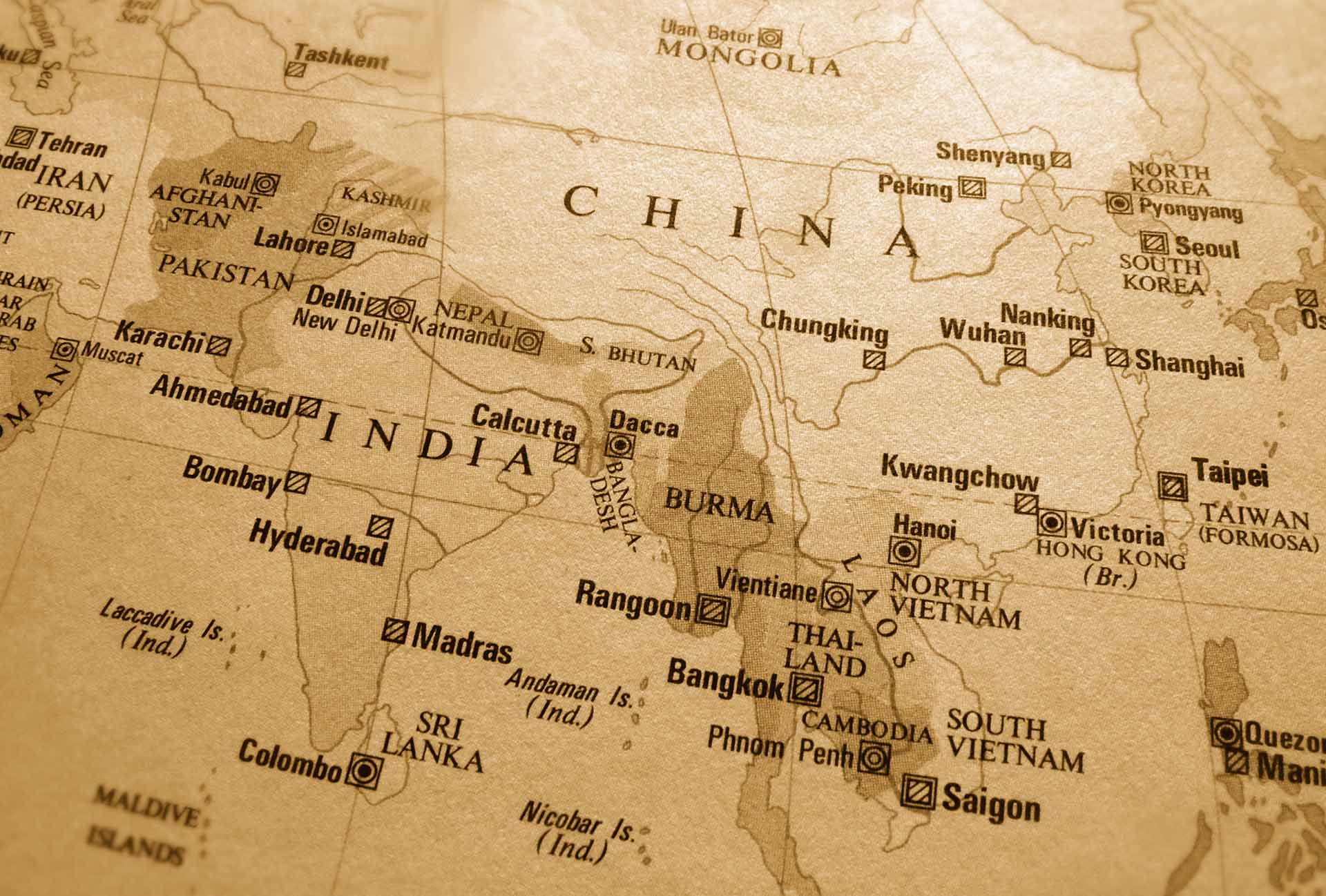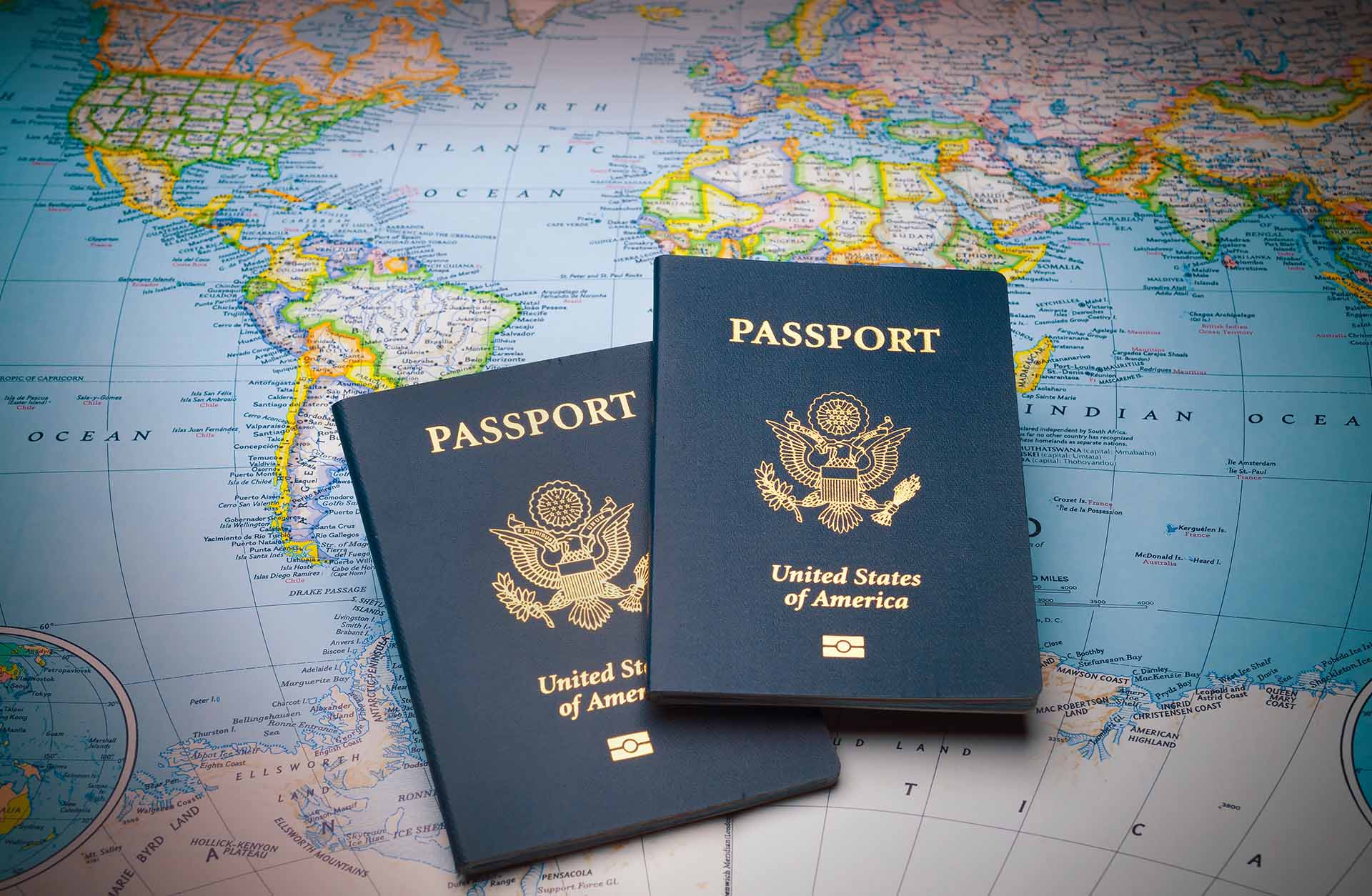Have you been thinking about moving to India, the land of the oldest religion, holy cows, heavenly food, and twenty-two recognized languages? There’s so much to learn and know about this colorful and diverse country, especially if you wish to come and live here. We listed nine things that every American should learn before coming to this magnificent place.
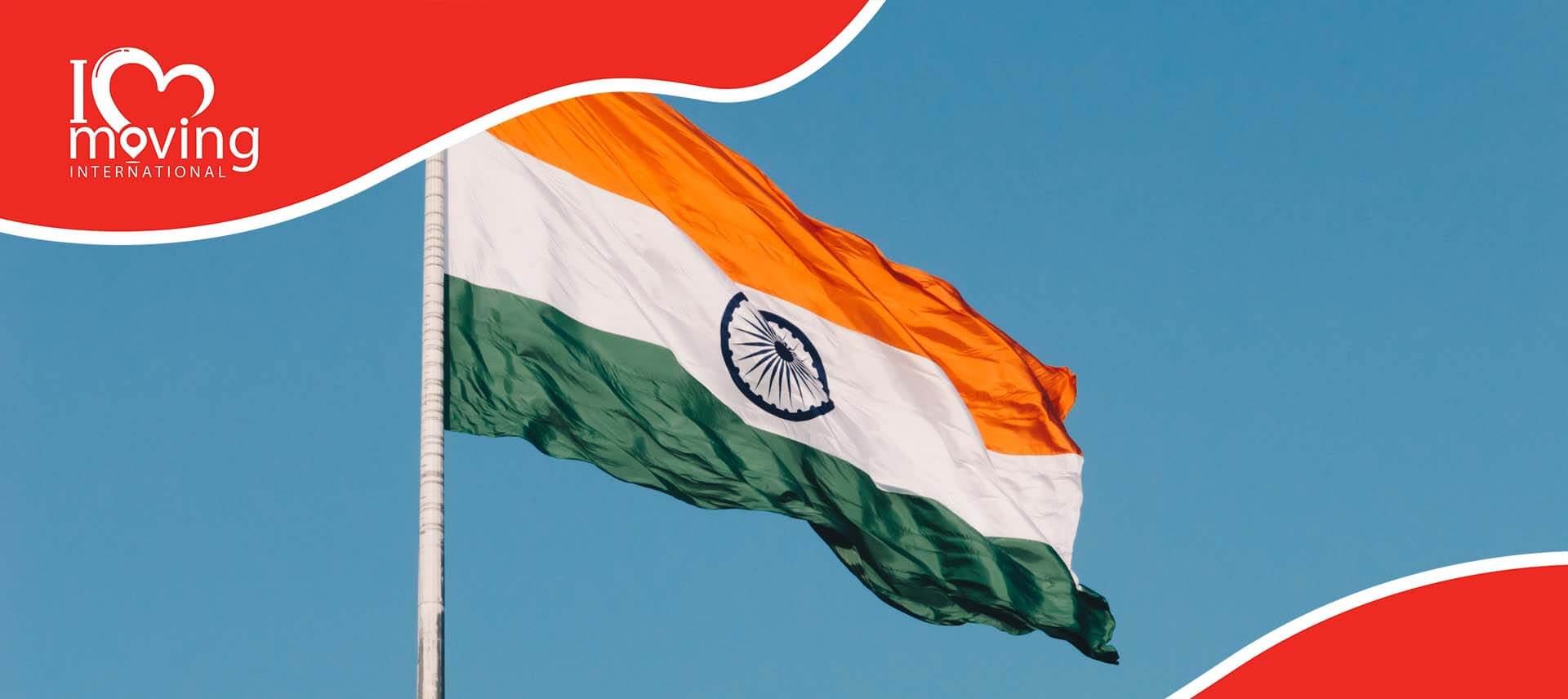
You’ve probably heard and seen a lot about life in India, especially if you have Indian friends and like Bollywood movies. This land is the most populous democracy and the second most populated country in the world. It’s so rich in history, culture, and customs, and it’s unlike any other place on the globe. If you have decided that this land is the perfect destination for you, read on to find out what you should know before relocating here.
#1 You Should Learn All the Requirements for Moving to India from the USA
Before you start packing to move and creating a checklist for your relocation day, you have to check the legal requirements for relocating. There are a lot of visa categories (twenty-five of them, to be exact), so you have to check which one you should apply for.
Luckily, the Indian Government provides a simple three-step process:
- Submit your online application securely,
- Acquire all the necessary documents needed to travel abroad, print the application form, and hand everything at the closest Indian Visa Application Center – Embassy, Mission, or Consulate,
- Once you get your visa, collect it from the Center or by post.
There are also comprehensive instructions for the application that includes all requirements you should be aware of.
Can a US Citizen Move to India Permanently?
If you’re wondering, Can I immigrate to India or Can a foreigner live in India permanently, keep in mind that citizenship can be acquired in four ways:
- By birth,
- Descent,
- Registration,
- Naturalization.
If you don’t have any Indian origin and you aren’t relocating to another country for love and marriage, naturalization is the only option left. To apply for that, you must have been living in India for eleven of the last fourteen years before the moment of application. Another scenario that makes you eligible for naturalization is if you lived here for a year continuously before you applied.
Do you Plan on Keeping Your US citizenship?
There’s one more important thing to keep in mind – India doesn’t allow dual citizenship. This can be solved by acquiring an OCI or Overseas Citizen of India Card. It affords many of the rights that Indian citizens have, and you can enter the country for any purpose. If you wish to apply for Indian citizenship after getting an OCI card, remember that you have to be registered as OCI for at least five years and have lived for at least one year.
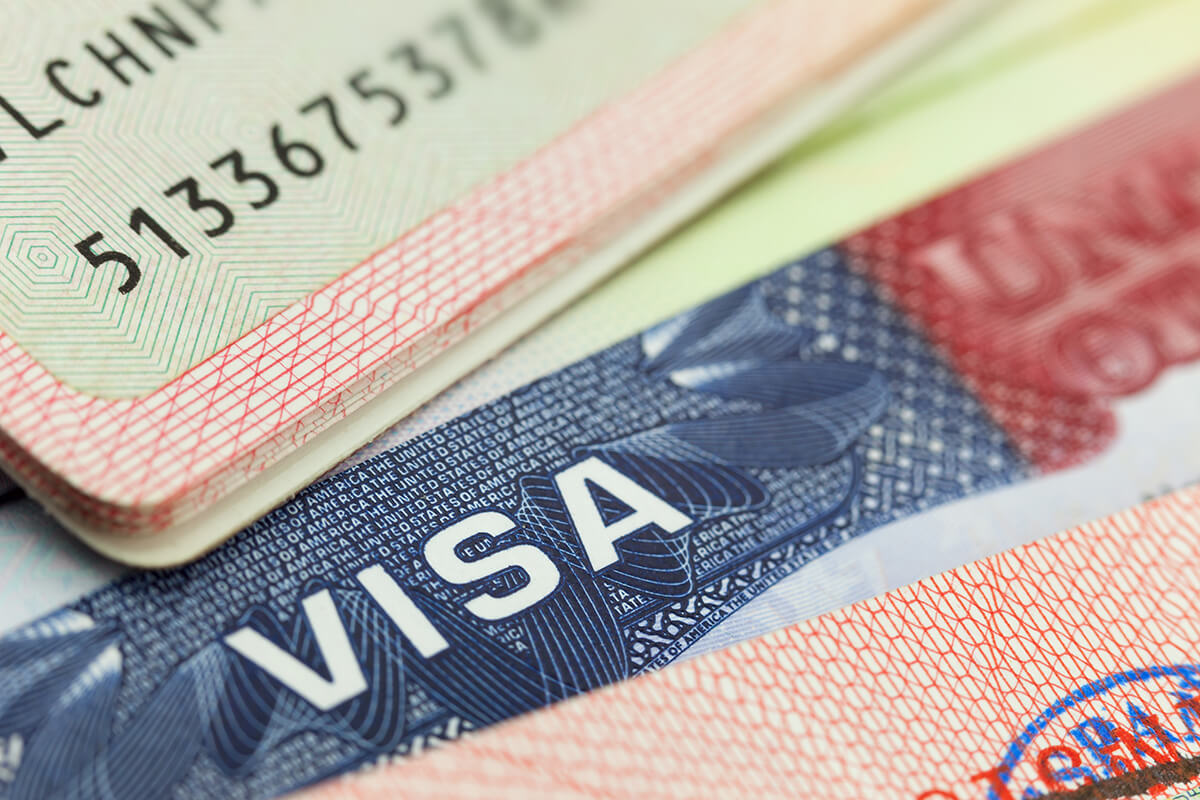
#2 Know the Best Cities and Towns
A crucial part of learning how to move to another country is to figure out which places would be ideal for residing. Living overseas isn’t easy, nor is adjusting to a new country, but if you choose the right city, you’ll get the best experience. This land has so many beautiful and diverse cities, so it might be hard to choose. We recommend the following ones:
- Bangalore, Karnataka – It’s the third-largest city in the country, known as the Silicon Valley of India. It has very pleasant weather, beautiful lakes, parks, and an amazing street food scene.
- Pune, Maharashtra – If you’re looking for a growing metropolitan area that has diverse people and activities, |Pune is the ideal place for you. There are many tourist attractions such as the Sinhagad Fort and beautiful temples like Aga Khan Palace and Shaniwar Wada.
- Delhi – Relocating overseas to both the historic and cosmopolitan capital of this land can never be a bad idea. Delhi offers everything from the busy local markets to world-class universities. It’s a paradise for shopping, eating, and exploring historical monuments.
- Mumbai, Maharashtra – Are you relocating internationally in search of your future as an actor or a musician? Mumbai, Bombay, or the City of Dreams could be your ideal destination. This city is a melting pot of different cultures and lifestyles, and it’s never boring.
Take Some Time to Find a Job in the City You Like Before Moving to India
Every global expat can work here if they enter the land with an E visa. That is, if you’re coming for a job that’s paid $25,000 or more per year. There are many job opportunities for all levels of qualifications, but certain cities offer more open positions. If you don’t have a job lined up after international moving, you’d want to move to one of the following cities:
- Delhi,
- Mumbai,
- Bangalore,
- Pune,
- Hyderabad.
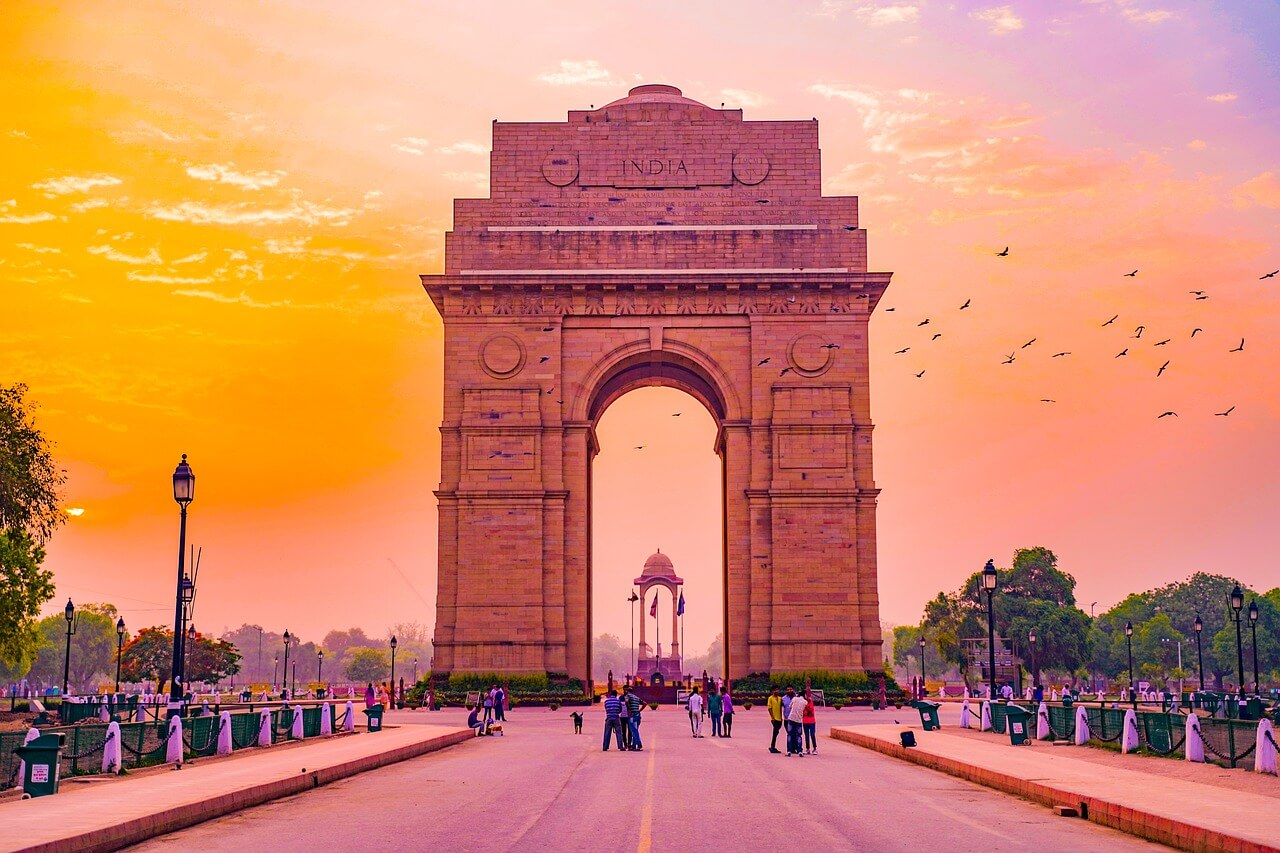
#3 The Cost Is Living Is Significantly Lower Than in the US
Learning about the expenses you’re about to have before relocating across the world is a must. However, if you’re worried about balancing finances abroad, leave those worries aside. Even if you’re relocating on a low budget, you’ll be just fine. This land offers a much cheaper lifestyle than America. According to Numbeo, a family of four spends around $1,100 per month, not counting the rent.
If you’re relocating abroad alone, your monthly expenses will be just $300, also without the rent. Adding up that cost won’t change the picture much – $150 is a monthly rent for a one-bedroom apartment in the city center while renting a place a bit further from downtown is less than $100. A three-bedroom place in the city is around $330, and the same-sized apartment costs $200 per month if you choose to reside outside of the center.
The Cheap Cost of Living Attracts Every Global Expat Looking to Reduce Their Expenses
Is avoiding an expensive lifestyle one of your reasons to move? According to the World Population Review, this land is the third cheapest country to live in in 2021. The only countries that offer a more affordable life are Afghanistan and Pakistan. Currently, the cost of living index for India is 25, while that number for the US is 70.

#4 There’s a Great Discrepancy Between Public and Private Healthcare
Even though there’s universal healthcare, there’s a noticeable difference between the service you can get in urban and rural areas. Poor states often have shortages of medical staff, and there isn’t adequate coverage. Because of this, private healthcare is a better option, although it’s a bit pricier. However, that cost can’t even be compared to the costs of medical treatments in the US.
Private hospitals offer world-class healthcare for just a fraction of the prices that the developed countries have, which is the reason why India is one of the medical tourism destinations.
This Is a High-Risk Country for Some Diseases, So Get Your Shots Before Coming
Not even the best health insurance can help you if you arrive unprepared. There are recommended vaccines for everyone who plans on traveling to this land, so make sure you visit your doctor on time and get all of the shots. If you’re already vaccinated, consider getting a booster dose for the following diseases: Hepatitis A and B, Typhoid, Pneumonia, Rabies, Cholera, Polio, Japanese encephalitis, Measles, Mumps and Rubella (MMR), Chickenpox, Shingles, TDAP (tetanus, diphtheria, and pertussis), Yellow fever, Meningitis, and Influenza. Once you’re done with that, there won’t be any need to wonder Is it safe to move to India?

#5 There Are Great Schools and Universities
As it is with the health system, the education in rural and urban parts of the land is very different. However, expats usually choose international schools for their children. There are also Indian international schools where you can choose between international and Indian syllabi. As for higher education, there are many top-rated universities that offer competitive degrees in the world market. There are currently more than a thousand universities in the country, but the best ones are the University of Delhi, Institute of Technology in Bombay, Kanpur, Madras, and Kharagpur, Institute of Science in Bangalore, and Jawaharlal Nehru University.

#6 The People and Culture Are What Makes This Land So Magical
This culturally diverse place is a mix of everything you can imagine and it can be overwhelming to get a grasp of it at the beginning. To make things easier, we listed some important facts you should know so that you can adapt faster and not offend anyone by accident.
- This is the second-largest English-speaking country, but it wouldn’t hurt to break the language barrier and try some tips for learning a new language.
- People here rarely say “no”, especially when they’re invited to do something or go somewhere. If someone asks you something you want to decline, try to say something like “I’ll consider it” or “I’ll see what I can do”.
- You’re coming to one of the friendliest countries in the world that’s also very crowded, so forget about personal space.
- Mind your clothing – anything too tight or revealing is considered inappropriate.
- Remember to leave your shoes before entering someone’s house.
- Pointing your finger or feet at something is rude for people here. If it happens that you forget about this, apologize right away.
- Don’t pass objects or eat with your left hand since it’s considered unclean.
- It’s common etiquette to be late, so don’t expect punctuality.
- This land is full of the best vegan cities since almost half of the people here eat only vegan and vegetarian food.
- Driving here is chaotic and sometimes even dangerous. Drivers make the roads and rules, so be extra careful if you plan on driving here.
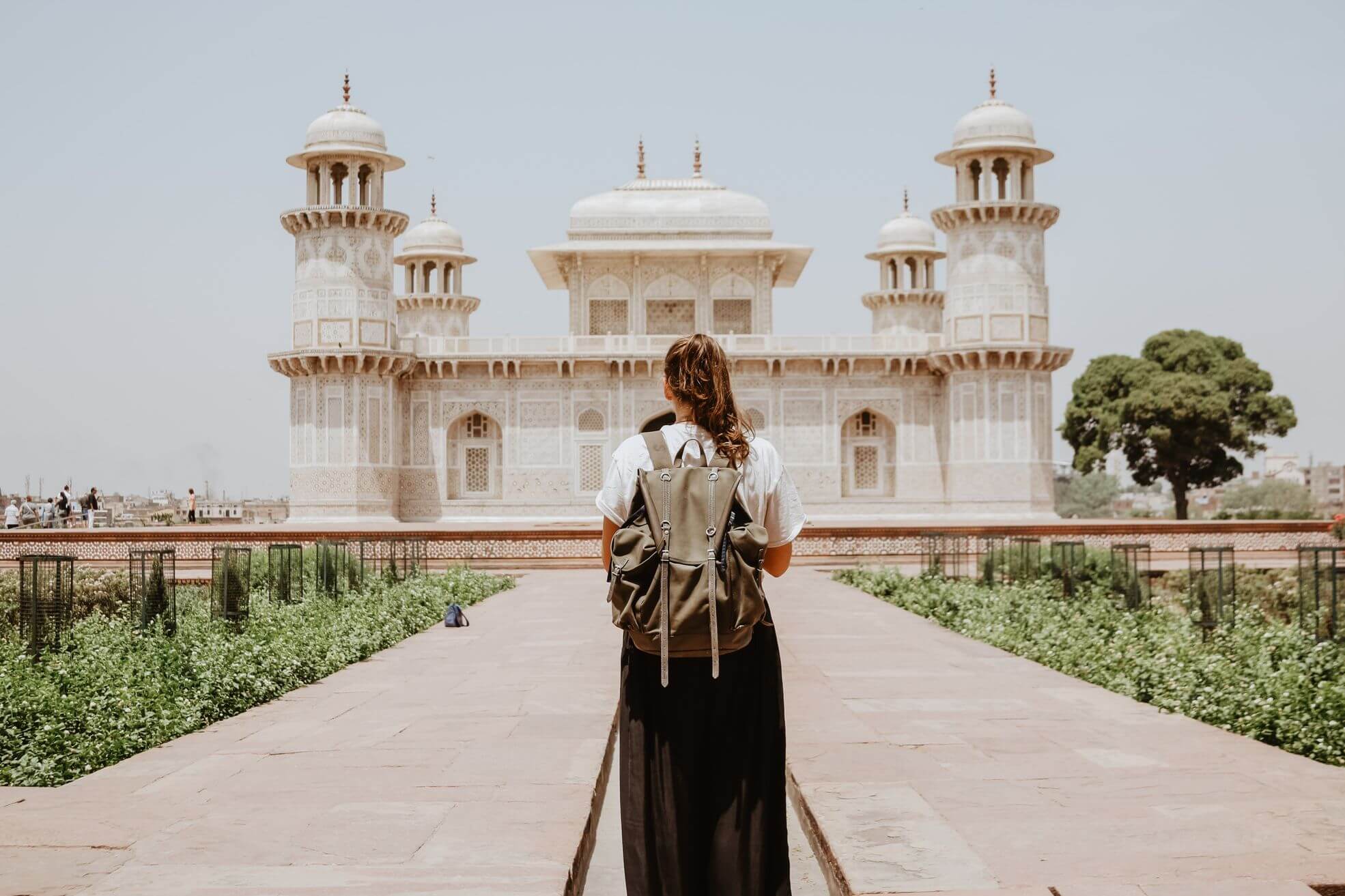
#7 The Climate Is Predominantly Warm and Humid
A land this vast has every climate imaginable, but it’s mostly tropical. It’s highly affected by the monsoon regime so learning what to pack when relocating abroad is especially important when moving from the US to India. Here you won’t experience the usual four seasons. Instead, there are six – spring, summer, monsoon, fall, pre-winter, and winter. The rainy monsoon season lasts from June to September, and the rainfalls are pretty unpredictable. Kolkata and Mumbai receive the most rain, but the country itself is one of the wettest inhabited places on the planet, so before you figure out how to pack shoes, make sure you pack some rubber boots as well.

#8 Things to Do Are Practically Endless
If relocating to India can guarantee you one thing, it’s the fact that it will impress you no matter where you’re headed. This land has existed for centuries, and it accumulated all the incredible things that different nations left behind. Now, it’s a mix of ancient and modern, so you can go visit a temple that’s been here for hundreds of years in one day, and go shopping in a brand new mall the next day. It’s nearly impossible to list all of the things you should do and see once you arrive, but here are some of the must-see attractions:
- Iconic mausoleum Taj Mahal,
- Amber Fort in Jaipur,
- The Holy City of Varanasi,
- The Red Fort in New Delhi.
In the video below, you can see some more suggestions on the top places to visit when you come to this magnificent land.
#9 Hiring an International Moving Company Will Save Your Nerves and Your Time
Planning your international move requires a lot of effort, especially if you wish to get overseas vehicle shipping as well. A reputable overseas shipping company can take care of everything for you, from packing services to providing you with a free storage unit on arrival or professional custom crating for your delicate items. Find a good company, schedule a free home estimate, and make your relocation as stress-free as possible.
